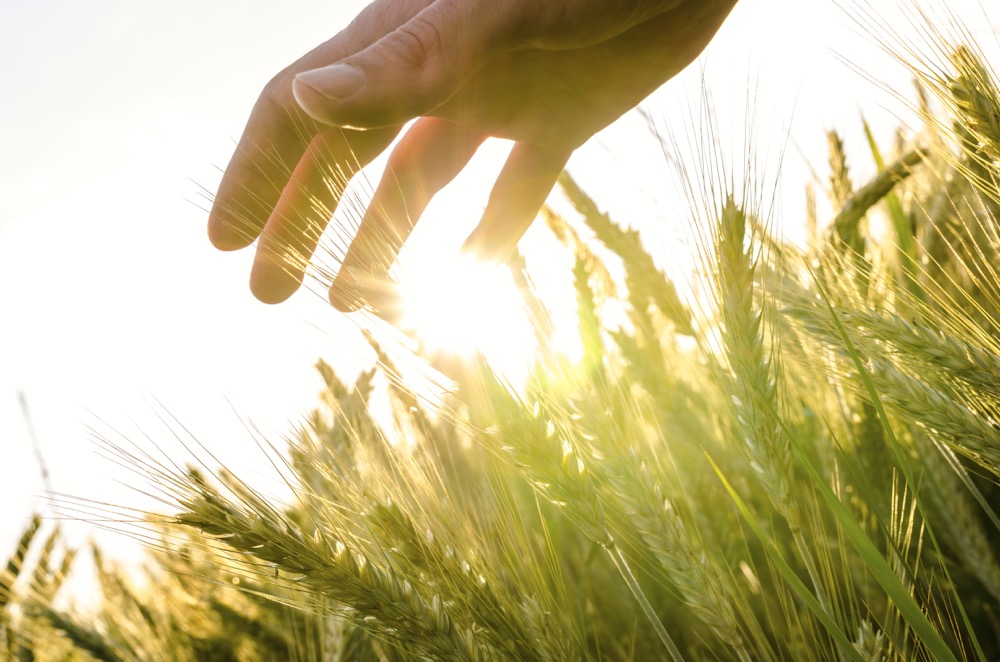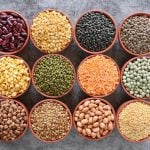Here’s some encouraging news.
Farm cash receipts should be relatively stable across all provinces in 2016-17. Each province combines a different mix of crops and livestock products that result in varied provincial receipts, but the overall trends appear steady.
There are a number of reasons this is likely to be the case.
Commodity prices show surprising strength.
Canadian crop receipts are projected to increase 5.8 per cent in 2016, with a further 3.8 per cent expected in 2017.
Crop receipts hit their high in 2013, and have fallen since with record global production and lower consumption. However, production concerns in South America and robust demand from biofuel, feed, and export markets have helped strengthen futures prices of grains and oilseeds for 2016-17.
Read Also
Editor’s Note: No pressure
What is your playbook going into this year’s crop? Not an easy question to answer right now, given the global…
Livestock receipts are expected to decrease 6.9 per cent in 2016, rebounding in 2017 with a 2.6 per cent increase.
The overall pricing in livestock sectors is projected lower than the 2014-15 trends, but remain above historical averages. Cattle prices remain historically strong and hog prices are in line with their five-year average. The dairy sector will face revenue pressures, mostly driven by low world prices for skim milk powder.
Production continues to trend up.
The strength of the 2016 crop receipts is in part due to the size of the 2015 crop. Production of canola, corn, and soybeans was significantly above each crop’s respective five-year averages, and larger than the 2014 crop. Wheat production has declined, but the impact has been offset by increases in other crops. Of course, how weather will impact 2016 production is unknown, so 2016-17 projections assume average yields for the 2016 harvests.
With no signs of expansion in the cattle industry, Canadian beef production should remain flat or slightly down in 2016 and 2017. Pork production is projected up slightly (less than one per cent growth) while milk production is expected to grow slightly in 2016.
A low Canadian dollar helps too.
Most commodity prices are determined in the U.S. market, which means a lower loonie leads to higher receipts for both crops and livestock.
To date in 2016, the loonie has averaged US$0.75, slightly lower than its 2015 average of US$0.78. Having hit a low of US$0.68 in early 2016, it’s expected to stay in the range of US$0.75-0.80 for the remainder of 2016.
Stronger farm cash receipts will drive higher farm equipment sales in 2017.
Our projections for crop and livestock receipts suggest a strong Canadian ag sector. Higher farm receipts support both farmland values and farm equipment purchases. Keep in mind these projections are subject to variability and external shocks. Sound risk management practices are important, even if the 2016-17 pricing forecasts appear promising.















